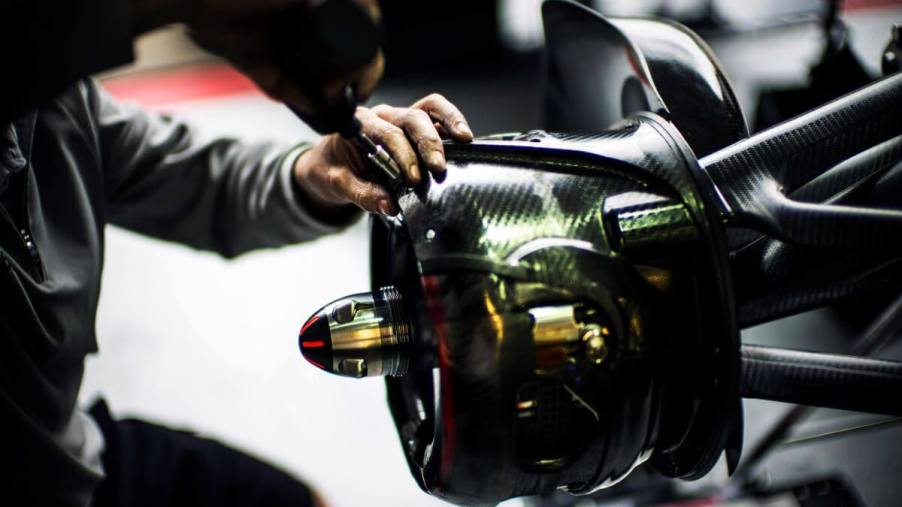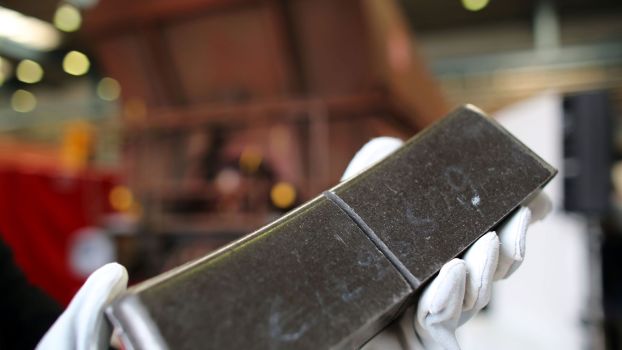
What Is the Racing Phenomenon Known as Pad Knockback?
Most drivers recognize the importance of their vehicle’s braking system for safety and control, but their understanding often doesn’t extend far beyond that. When complex maintenance issues arise, it can get confusing. One oddity seen among high-speed racers, whether participating in legal races or not, is a phenomenon known as “pad knockback.” It can create an unsettling experience for the driver, and understanding its mechanics and solutions is key to handling it effectively.
What is pad knockback?
According to Brakes-Shop, pad knockback is a condition that affects the braking system of a car, specifically the brake calipers. Brake calipers are a critical component of the braking system. They apply pressure to the brake pads, creating friction against the rotors to slow or stop the vehicle. However, under certain conditions, the brake pads can get knocked back into the calipers, increasing the distance they need to travel to contact the rotor.
The result? When a driver first applies the brake pedal following a pad knockback, they will experience a longer than normal pedal travel and a momentary reduction in braking power, which can be alarming, particularly at high speeds or during a race.
When does pad knockback occur?
Pad knockback is typically a high-speed racing issue that occurs most frequently under heavy cornering and aggressive driving conditions. The conditions that can lead to knockback include high lateral loads, extreme speeds, and high-frequency vibrations. These factors can cause the rotor to deflect slightly or “wobble,” pushing the brake pads back into the calipers.
It can also occur due to worn wheel bearings or a distorted brake rotor. When a car is driven aggressively, as often in racing, the rotors heat up and can become slightly warped. This warping can lead to the rotor pushing the pads back into the caliper, resulting in knockback.
Remedying pad knockback
Understanding pad knockback is the first step toward mitigating its effects. There are several ways to reduce the phenomenon’s occurrence:
Ensure proper maintenance: Regularly inspecting and maintaining the wheel bearings and brake system components can help prevent rotor deflection and other issues that lead to pad knockback.
Use quality components: High-quality, performance-oriented components are designed to handle the rigors of racing and aggressive driving. They are more resistant to the conditions that cause knockback.
Driving techniques: If pad knockback occurs, pumping the brake pedal will move the pads back into position. This technique, known as “brake pedal priming,” can be used by drivers when they anticipate a situation where it might occur, like before a sharp turn at high speeds.
Advanced technology: Some advanced braking systems have anti-knockback springs in their caliper pistons, which can help reduce the occurrence of pad knockback.
Understanding the phenomenon
Pad knockback, while not a common issue for the everyday driver, is a well-known phenomenon among high-speed racers. By understanding the mechanics behind it and the conditions under which it happens, drivers can anticipate and mitigate the effects. Regular maintenance, quality components, appropriate driving techniques, and advancements in brake technology all play roles in managing this racing phenomenon. Understanding pad knockback isn’t just about gaining a competitive edge; it’s also about improving safety on the track.




